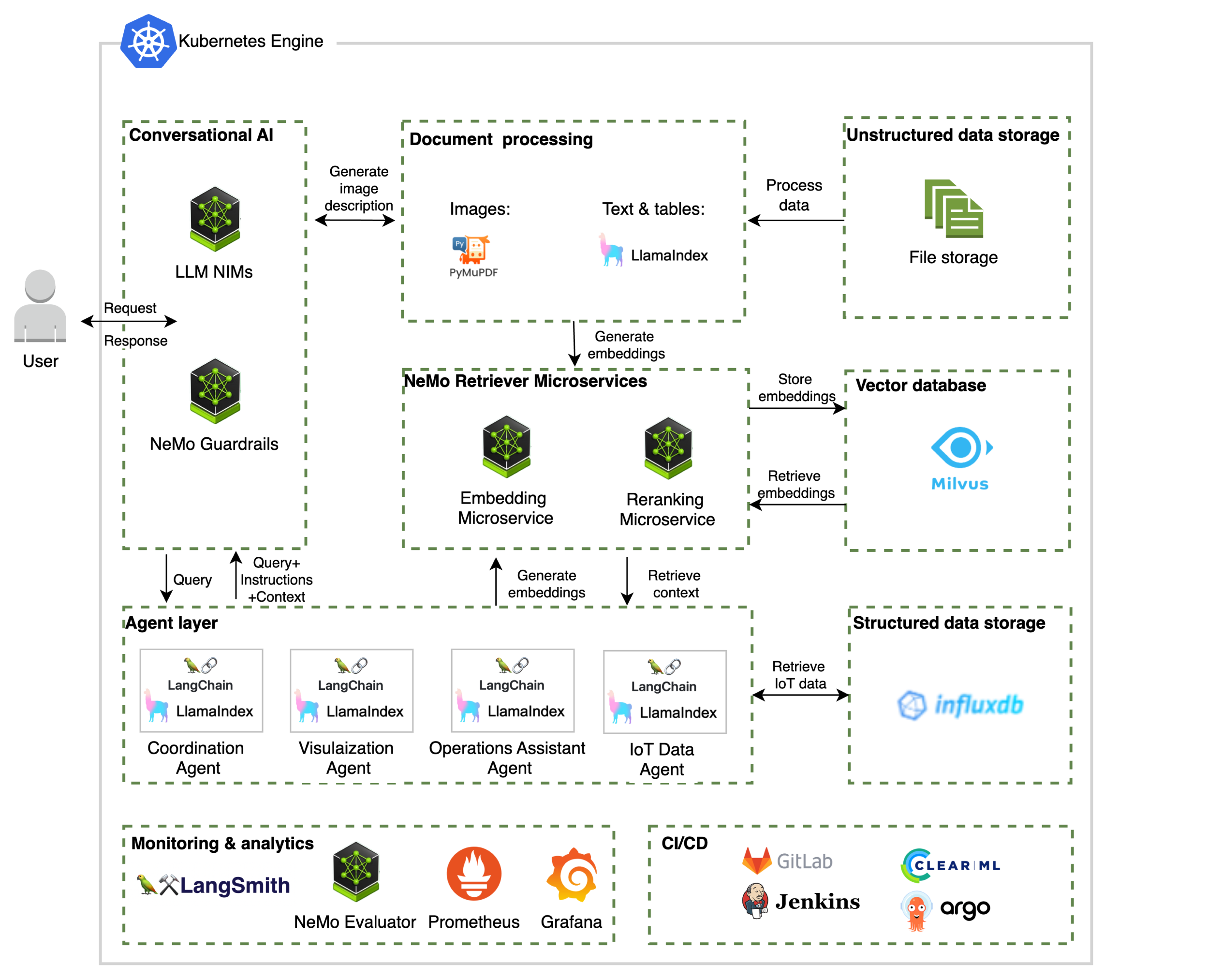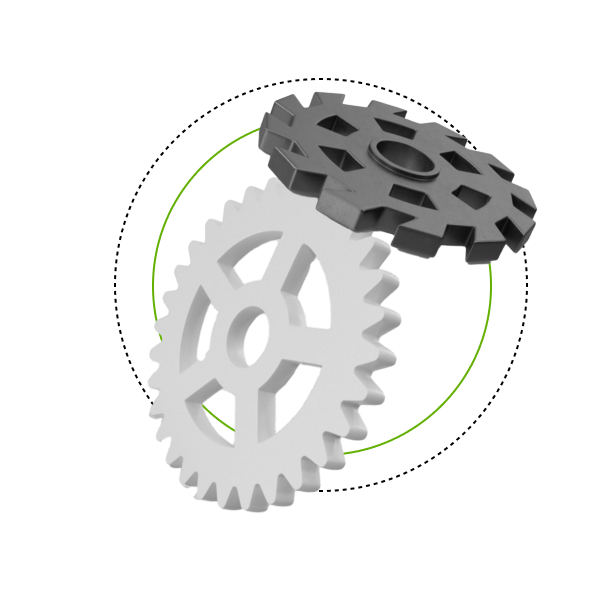“With more efficient knowledge use through tasks like search, summarization and task performance, complemented with real-time guidance on maintenance needs, the assistant led to 10 per cent reduced maintenance and downtime for Continental, improving cost-efficiency and productivity.”
Financial Times













